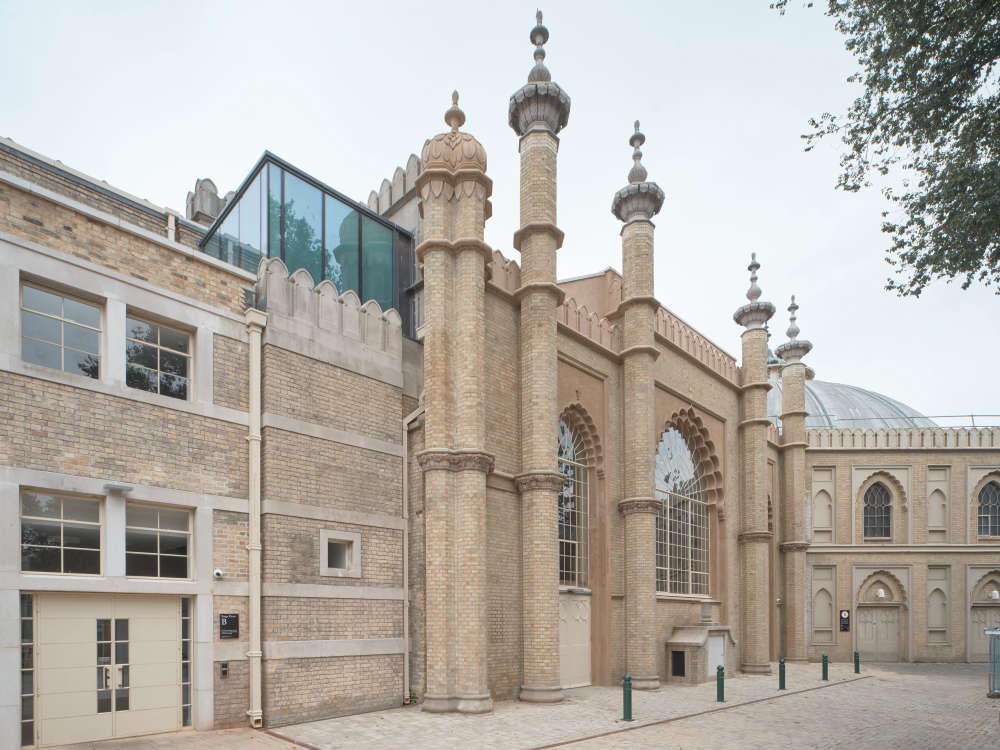
Historic carvings, long lost memories and a Prince’s favourite horses are just some of the secrets revealed as part of Brighton Dome’s major refurbishment.
Award-winning architects Feilden Clegg Bradley Studios (FCBS) have worked on the Grade I and Grade II listed Corn Exchange and Studio Theatre with many skilled contractors, to painstakingly uncover and conserve vital heritage features, ensuring the legacy and beauty of the buildings is preserved for future generations.
According to the theatre, support from The National Lottery Heritage Fund has been instrumental in researching, uncovering and celebrating Brighton Dome’s rich history, which spans more than 200 years. Heritage volunteers have been gathering stories throughout the project and will play a key role in welcoming visitors to the newly refurbished spaces.
The main Concert Hall and Corn Exchange were originally commissioned as a stable block and riding house in 1803 by the Prince Regent, to accompany his exotic seaside palace, the Royal Pavilion. Brighton Dome has been at the heart of the city since 1850, when the entire Royal Pavilion Estate came into public ownership for the benefit of local residents.
The Concert Hall first opened as a theatre in 1867, with the Corn Exchange following as an exhibition space a year later. During the First World War, both were repurposed as a military hospital for Indian soldiers injured during battle and later for British amputees. Early in the refurbishment, a fascinating collection of letters from British soldiers was found in the Corn Exchange, with their location suggesting the letters belonged to patients who had chosen to read news from friends and family in the relative peace of the building’s quieter spaces.
- 3. 1867 Brighton Dome conversion to Concert Hall credit to Brighton & Hove Museums
- 4. Brighton Dome Concert Hall as WW1 hospital for Indian Soldiers_credit to Brighton & Hove Museums
- 1. Brighton Dome Concert Hall as royal stables_credit to Brighton & Hove Museums
- 6. 1921 Southern Syncopated Orchestra outside Brighton Dome
- 5. Brighton Dome Corn Exchange as WW1 hospital for Indian Soldiers_credit to Brighton & Hove Museums
The redevelopment process also revealed an even earlier use of the site when a Quaker burial site was uncovered in 2017. Works were halted by the discovery of 18 skeletons, thought to be called Quakers Croft, beneath the Corn Exchange. Archaeologists carefully excavated the remains and they were later reburied in the Quaker plot in Woodingdean Cemetery, Brighton.
In 1934-35, the Concert Hall and Corn Exchange underwent a radical Art Deco refurbishment by architect Robert Atkinson, who also added a supper room which would later become the Studio Theatre. One of the most recognisable features of this period is the gilded statue of Ceres, Roman Goddess of Agriculture, which sits above the entrance to the Corn Exchange and recalls the venue’s previous life as a corn market in the mid-1800s. During the latest refurbishment, Ceres required specialist restoration to carefully repair surface damage caused by the elements and maintenance over the years. Gold leaf has also been re-applied to the statue to return her to her former glory.
Inside the Corn Exchange, years of paint has been stripped from the ceiling by hand to reveal the original wooden beams of its unique 18 metre single span timber frame – where beams are supported at two points only. The widest example of its kind in in the country, the beams have been repaired, strengthened and restored to architect William Porden’s original designs from the early 1800s. During the restoration, Roman numerals interpreting Porden’s plans were found carved into the wood by carpenters who would have had the skilled task of assembling the original beams into the roof. Elsewhere, 34 pilaster columns have been recreated from 200-year-old archive drawings and 11 beautiful arched windows have also been restored by hand. The detailed restoration of these areas has been achieved with support from American Express Foundation, The Leche Trust, Pilgrim Trust, Regency Society and Wolfson Foundation.
- 8.2018 March_ All of the steel structure for the Gallery is installed, with scaffolding starting to go up for the walls and roofing to be put in_Credit Carlotta Luke.jpg
- 11.2019 April Art Deco statue depicting Ceres the Roman Goddess of Agriculture standing above the Corn Exchange on Church Street is restored__Credit Carlotta Luke_HR_
- 17.2021 May The original wooden beams of the Corn Exchange’s unique 18 metre single span timber frame – the widest in the country – are repaired, strengthened and restored_Credit Carlotta
In the Studio Theatre, original features such as the crenelated windows, which mimic the character of the neighbouring Royal Pavilion, have been fully restored and its ceiling replaced with a new, historically accurate version. Specialist building conservators cleaned the exterior using a mix of steam, air, sand and water – a method designed to remove dirt while minimising damage to the brickwork. This revealed areas needing further repair and details previously hidden for many years, such as an entrance sign above one of the doors. The original copper roof, too fragile to repair, has also been replaced to protect the interior of the building for years to come. The Studio Theatre renovation has been supported by The Pebble Trust.
Brighton Dome’s compelling history is also echoed throughout the new areas of the buildings. In the Gallery Bar, architectural design studio Drinkall Dean have used the Corn Exchange’s original purpose as a riding house as the inspiration for decoration. The space features Regency colours and motifs plus name carvings remembering each of the Prince Regent’s horses. A spectacular sculpture by West Sussex-based artist Graham Heeley is suspended in the atrium, inspired by a painting of one of the Prince’s favourite horses, Nonpareil. On the wall, more historic images recall the venue’s time as a riding house and an interactive digital timeline, from digital designers SquintOpera, allows visitors to explore Brighton Dome’s heritage from the 1800s to the present day.
Downstairs, a more contemporary era of Brighton Dome’s history is celebrated, with wallpaper in the Festival Bar taking its inspiration from the poster for the first Brighton Festival, which took place in 1967. The poster’s unique ‘eye’ motif is combined with imagery from artist Mike McInnerney, who has also designed album covers for The Who. The Who formed part of the 1967 Festival line up, headlining a performance in Brighton Dome’s Concert Hall that also included Eric Clapton’s Cream, among others.
Following the preservation of these historic spaces, from November the Corn Exchange and Studio Theatre will welcome back a wide range of live performance, including national and international dance, theatre, comedy, music, spoken word performances and community events. Echoing the importance of this valuable historic restoration for the city, there are also plans to open the spaces during the day to visitors wishing to explore the Gallery Bar’s heritage displays, with volunteers on hand to answer questions and give greater insight into the history behind Brighton Dome.
The refurbishment of the Corn Exchange and Studio Theatre is the first phase of a regeneration project by Brighton & Hove City Council, in partnership with Brighton Dome & Brighton Festival and Brighton & Hove Museums, to cement the Royal Pavilion Estate as a landmark UK destination for heritage and the arts. The circa £38 million project has been realised with support from Arts Council England, The National Lottery Heritage Fund and Coast to Capital Local Enterprise Partnership, alongside trusts and foundations and many individual donors. Once all phases of the project are complete, the Royal Pavilion Estate is estimated to welcome over 1.5million visitors, support over 1,200 jobs in the city centre and have an economic impact of £68m, making it a significant cultural landmark in the UK.
For more details visit brightondome.org




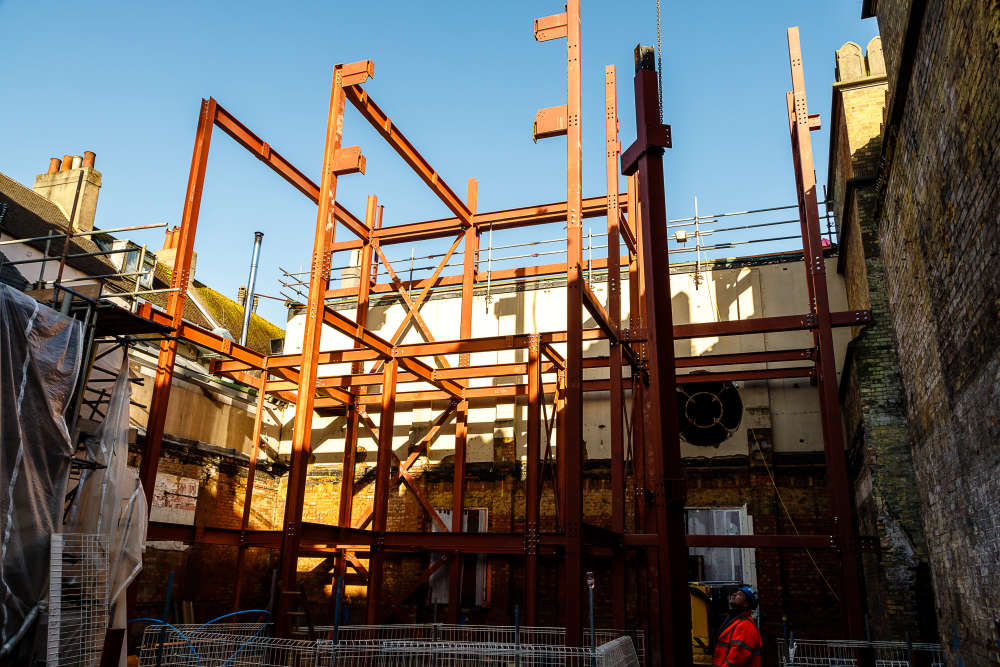
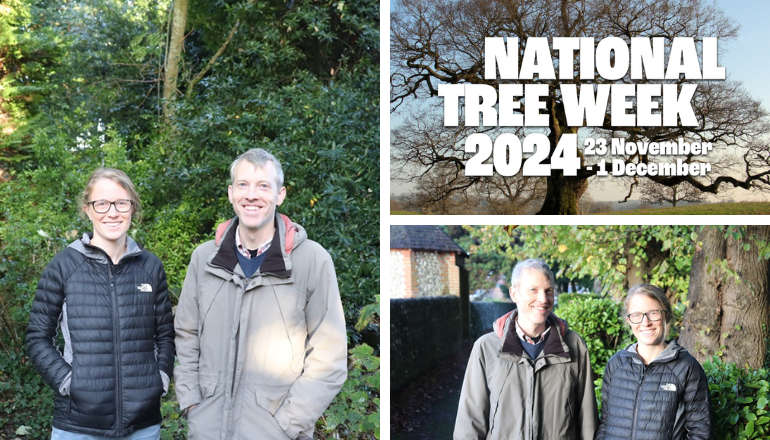 Funding Available For Tree Planting In Chichester District as National Tree Week Begins
Funding Available For Tree Planting In Chichester District as National Tree Week Begins
 West Sussex Firefighters And Emergency Services Carry Out Training Exercise In Chichester Harbour
West Sussex Firefighters And Emergency Services Carry Out Training Exercise In Chichester Harbour
 Shoreham Lifeboat’s Festive Look Boosted By Family-Run Business
Shoreham Lifeboat’s Festive Look Boosted By Family-Run Business
 Final Touches Being Made To £2m Sussex Wastewater Site Upgrade
Final Touches Being Made To £2m Sussex Wastewater Site Upgrade
 AllSaints Founder To Host Sustainable Fashion Show In Brighton To Raise Money For Homelessness In City
AllSaints Founder To Host Sustainable Fashion Show In Brighton To Raise Money For Homelessness In City
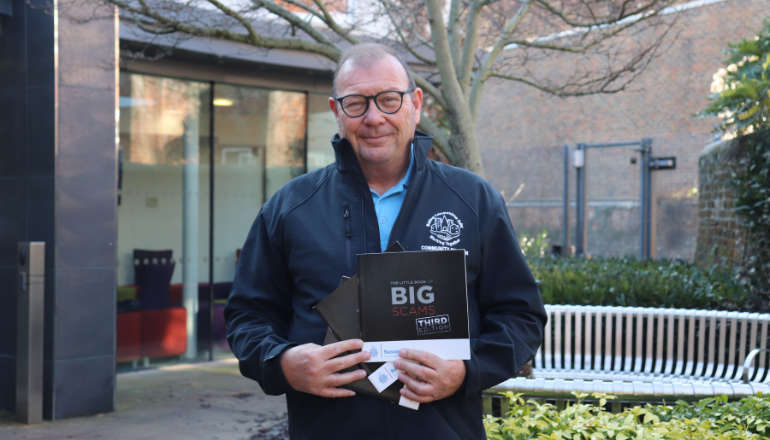 Chichester Community Warden Helping Fight Against Fraud This Christmas
Chichester Community Warden Helping Fight Against Fraud This Christmas
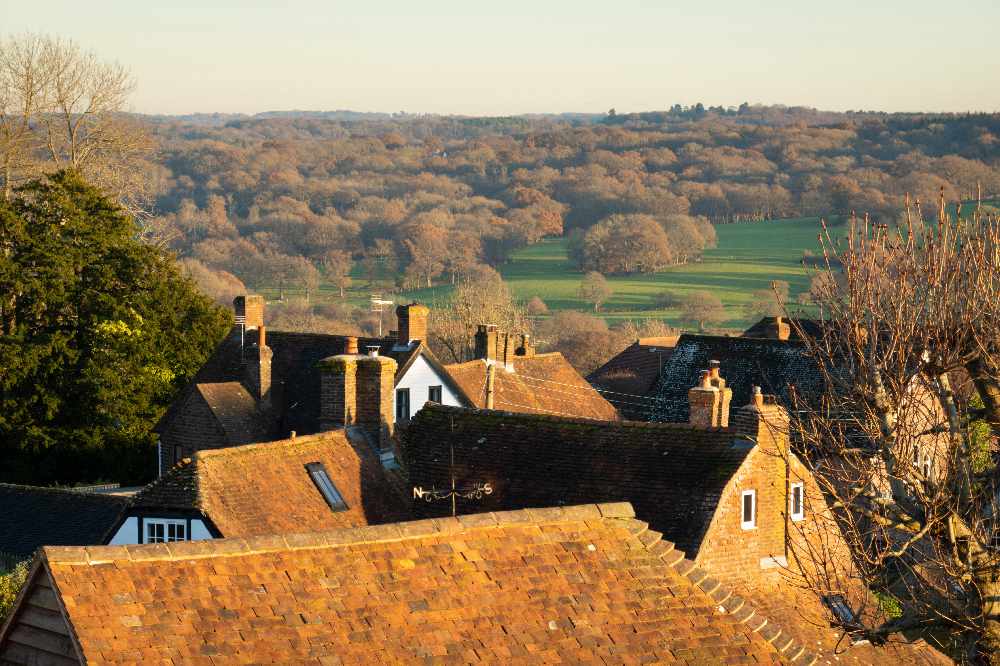 Wealden Council Calls For Government Rethink On Winter Fuel Payment
Wealden Council Calls For Government Rethink On Winter Fuel Payment
 Snowy Protest At Lewes County Hall Calls For Fossil Fuel Divestment
Snowy Protest At Lewes County Hall Calls For Fossil Fuel Divestment
 Local MP Tours Firefighters’ Centre In Littlehampton
Local MP Tours Firefighters’ Centre In Littlehampton
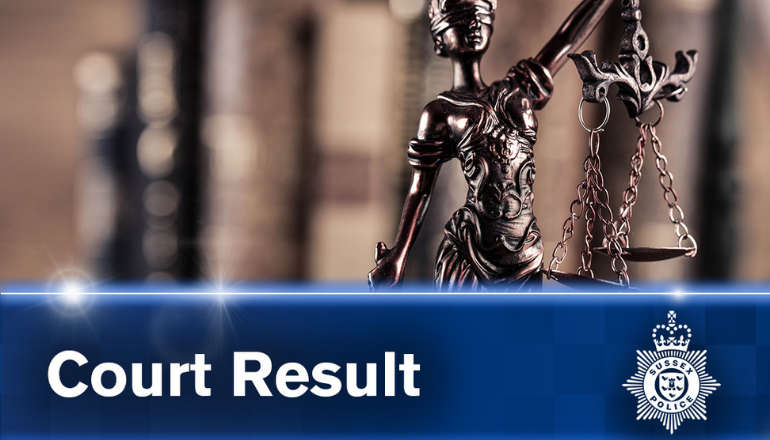 Former Portslade Scout Leader Convicted Of 79 Child Sex Offences
Former Portslade Scout Leader Convicted Of 79 Child Sex Offences